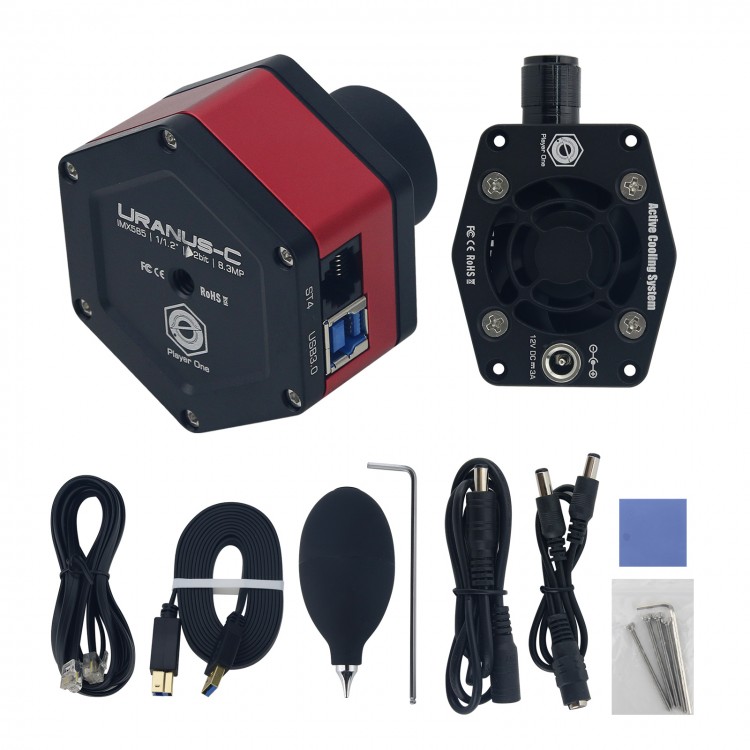
| Quantity | 3+ units | 10+ units | 30+ units | 50+ units | More |
|---|---|---|---|---|---|
| Price /Unit | $389.08 | $381.14 | $369.23 | $353.35 | Contact US |
 ST14pro Harmonic Equatorial Mount (Mechanical Zero Position) for TC40 and 3/8 Specification Tripods
$1,239.84
ST14pro Harmonic Equatorial Mount (Mechanical Zero Position) for TC40 and 3/8 Specification Tripods
$1,239.84
 ST14pro Telescope Equatorial Mount Harmonic Equatorial Mount (Mechanical Limit) for Steel Legs TC40
$1,084.37
ST14pro Telescope Equatorial Mount Harmonic Equatorial Mount (Mechanical Limit) for Steel Legs TC40
$1,084.37
 1.25" Multiple 9-Filter Wheel Manual Filter Wheel for CCD Monochrome Cooled Cameras & Telescopes
$88.42
1.25" Multiple 9-Filter Wheel Manual Filter Wheel for CCD Monochrome Cooled Cameras & Telescopes
$88.42
Player One Uranus-C IMX585 8.3MP Color Camera Astronomical Camera + Active Cooling System (ACS)
Design for Planetary Imaging and EAA & Lucky Imaging!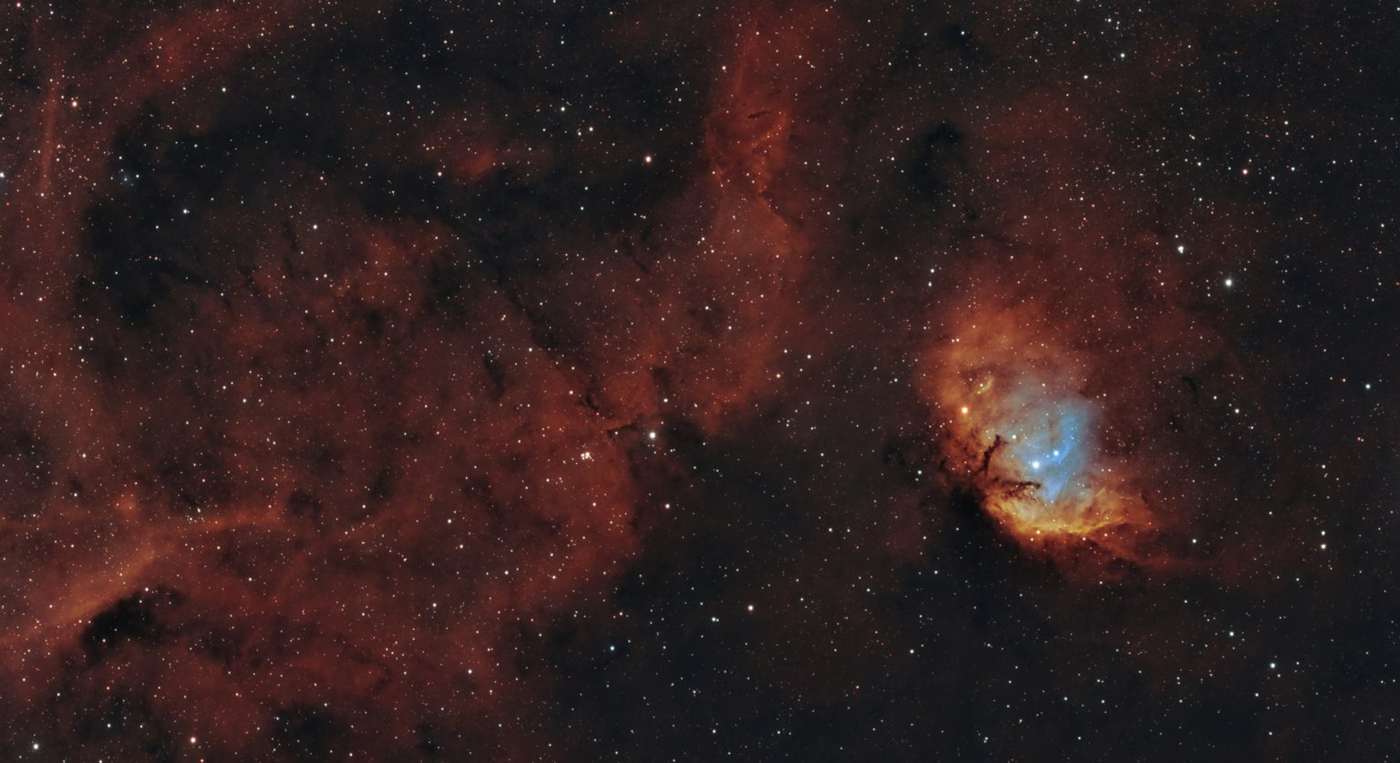
Tulip, Luke, RASA8 + Uranus-C camera
Uranus-C and Mars-C II is not only for planetary imaging, but also very powerful for EAA & Lucky imaging!
Product Description:
Uranus-C
is (IMX585) camera adopts the newest IMX585 1/1.2" format color sensor
for Sony. The 2.9um pixel size accommodates a well depth of 47Ke with a
total of 8.3MP (the resolution is 3856*2180), and the diagonal is
12.85mm.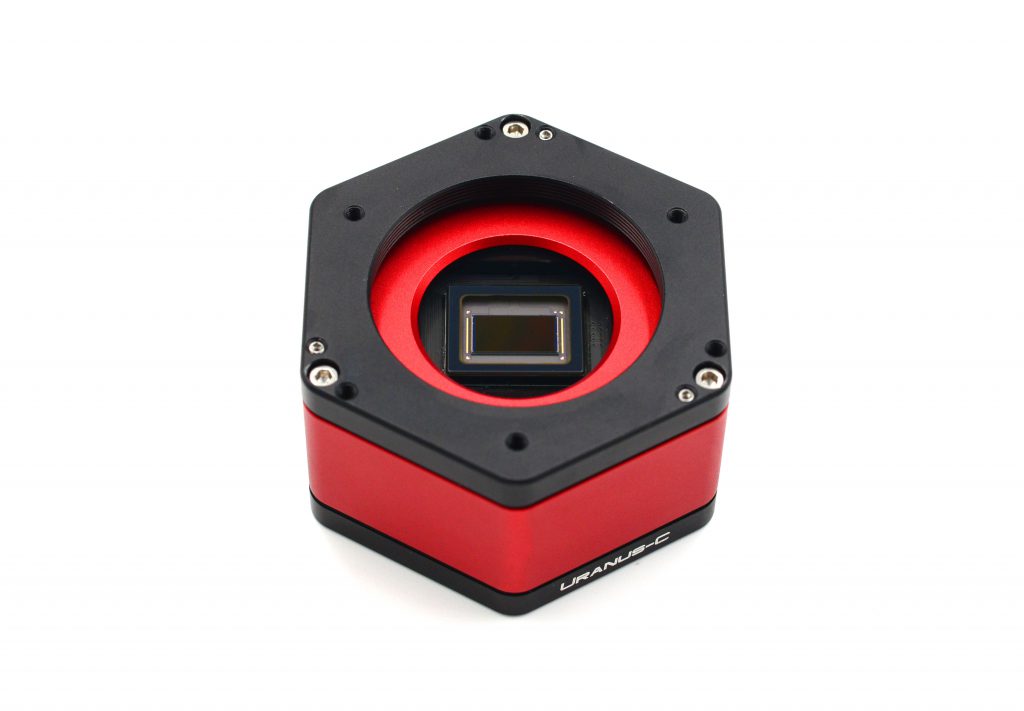
Technology for STARVIS 2
Uranus-C
(IMX585) and Mars-C II (IMX662) are based on the newest technology for
Sony STARVIS 2. It is a back-illuminated pixel technology used in CMOS
image sensors.
Format
Uranus-C (IMX585) has 1/1.2" format. This size is quite big for imaging.
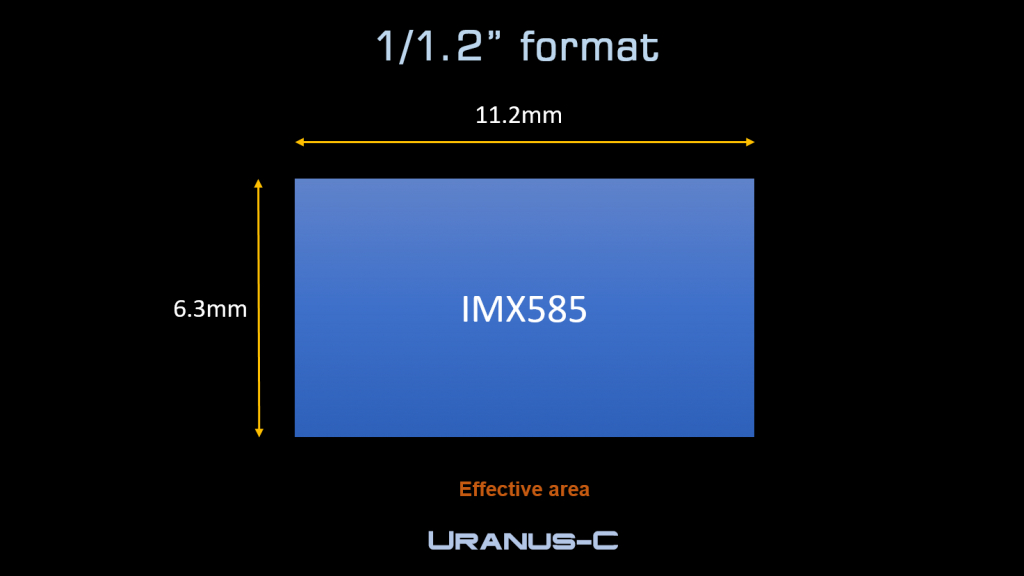
Full Well
Uranus-C (IMX585) has 47Ke full well. It's almost 3.6 times IMX485 (13Ke).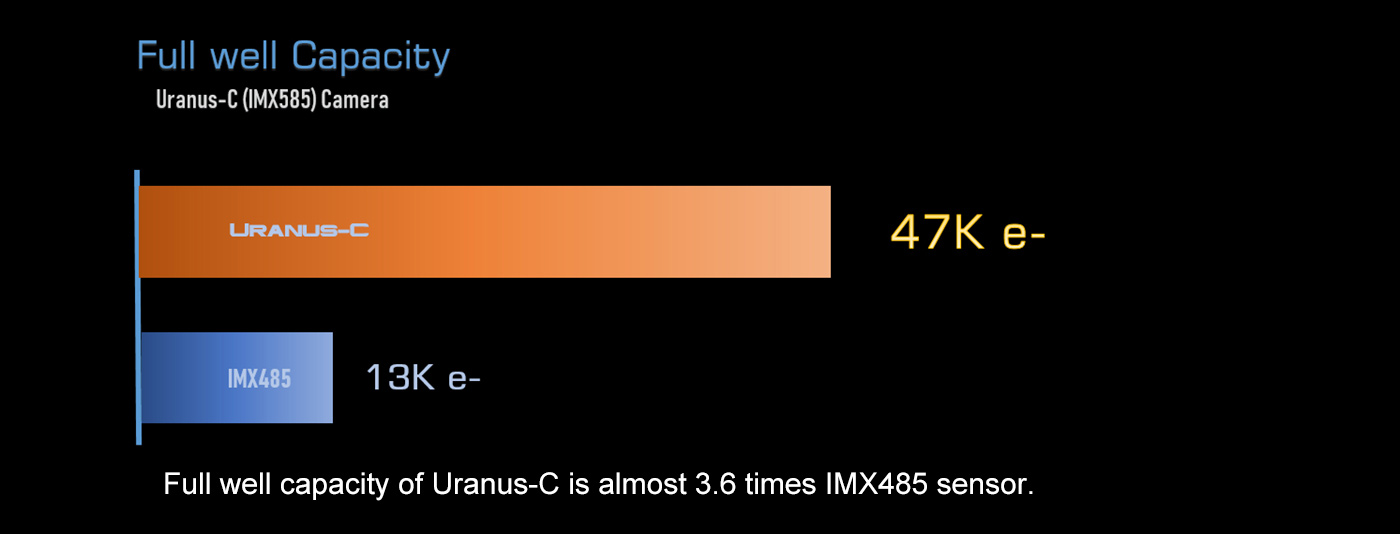
Highlights:
Non-Amp-Glow
The
biggest surprise of Uranus-C (IMX585) camera is that its dark frame is
totally "dark". Whatever we strength the curve, there is no AMP glow at
all!
300s dark frame of Uranus-C camera (resize to 50%):
Non-Amp-Glow can give us a very clean background, making it easier to get high quality images.
Recommended Accessories:
ACS
(Active Cooling System) is an external air-cooled system, designed for
solar and big format planetary cameras with PCS (Passive Cooling
System).
ACS can provide much better temperature control. When a
camera has PCS + ACS, its temperature is only 7℃ higher than the ambient
temperature. The camera body is a little warm but is not hot!
ACS can be used in daylight for solar imaging and used at night for DSO lucky imaging.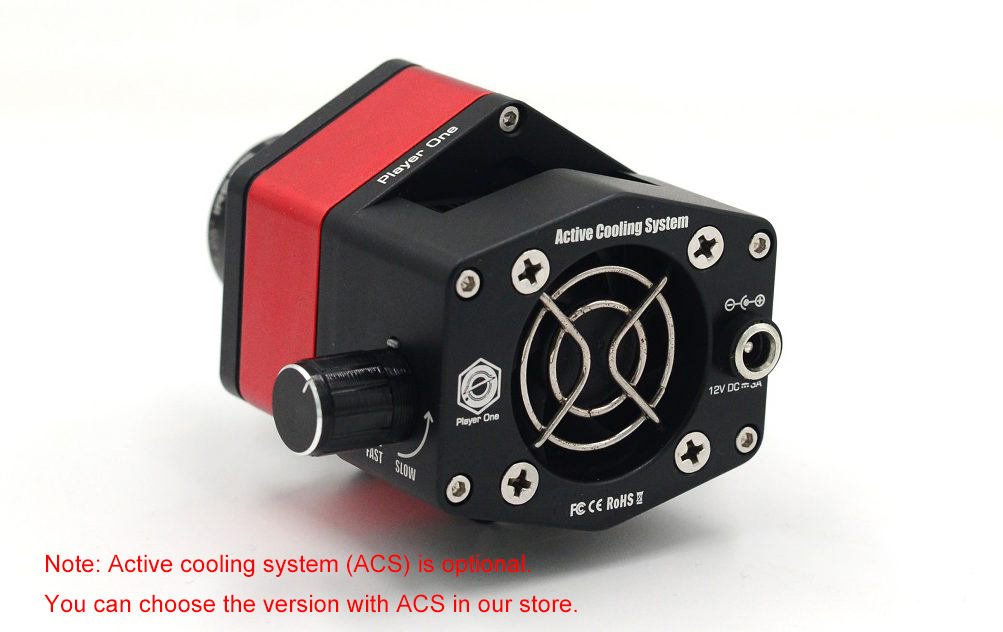
User Works Appreciation: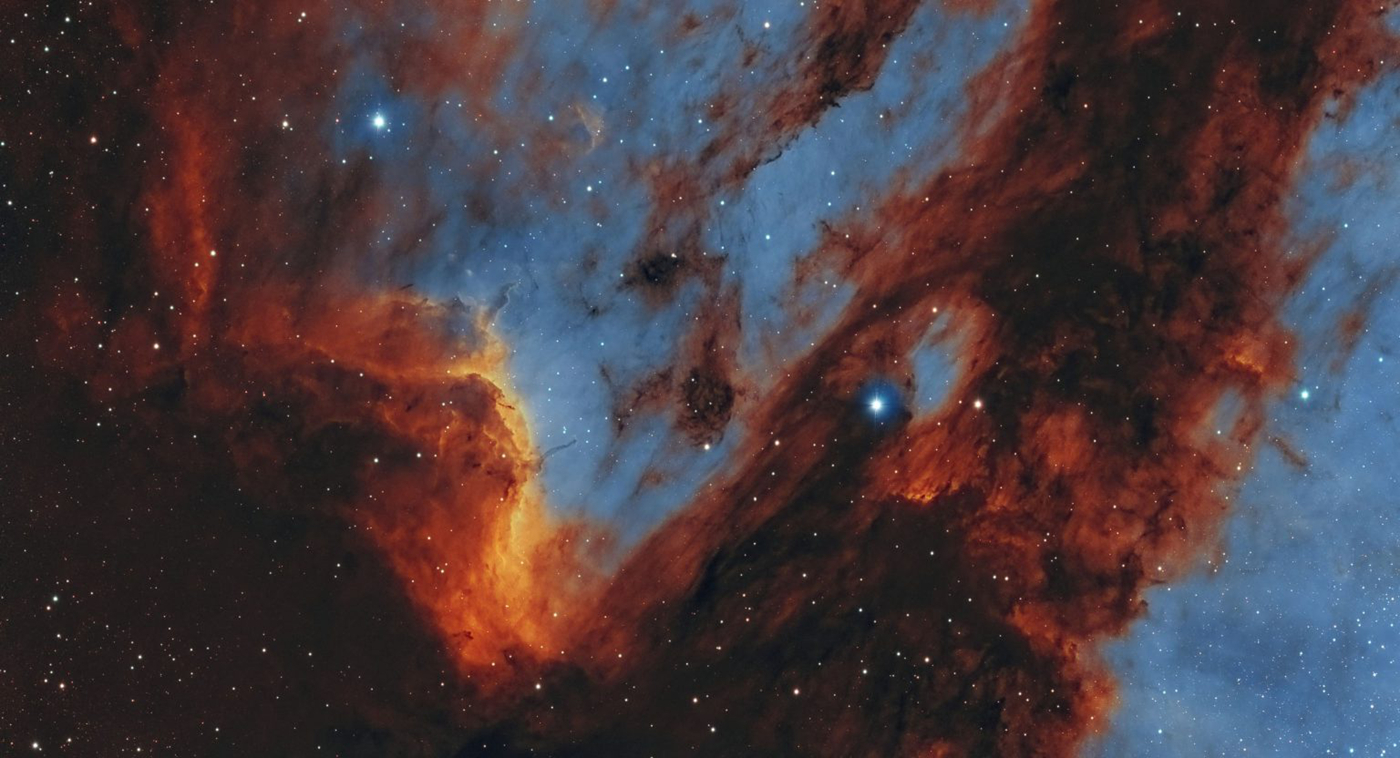
Pelican nebula, Photo by Luke Newbould
RASA8 telescope + Uranus-C (IMX585) camera, IDAS nbz uhc filter
2min*81, gain=200, offset=10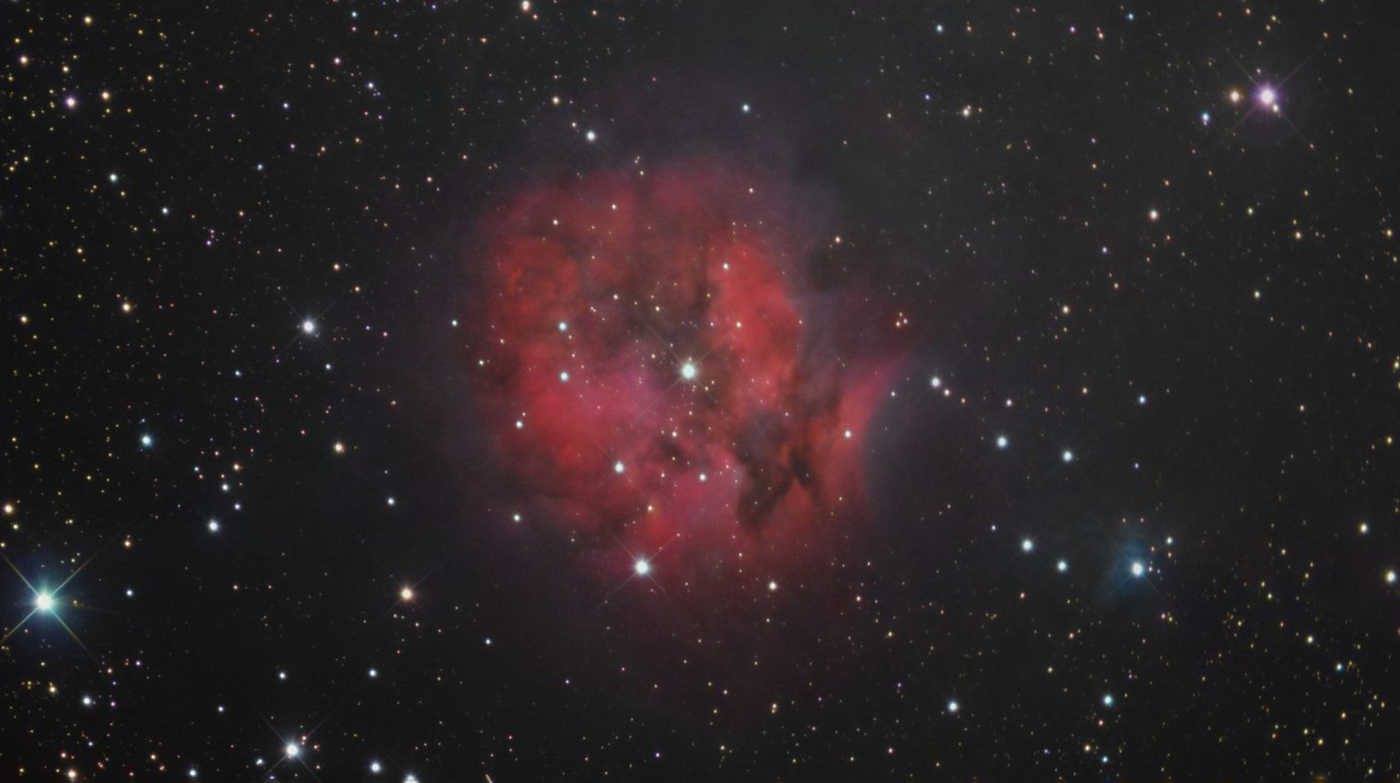
Cocoon Nebula, Photo by Luke Newbould
RASA8 telescope + Uranus-C (IMX585) camera
M27 LinQisheng and LaoWan TM200 for TAKAHASHI + Uranus-C
Uranus-C camera is also very good for lunar and planetary imaging. Its 1/1.2" big sensor can make mosaic moon more efficient.
Moon Phase, Photo by Stephane Gonza, 300mm Newtonian, Uranus-C camera


Photo by Damian Peach, Post-processing by Ian Sharp, C14HD + Uranus-C camera
Photo by Ecleido Azevedo
Features:
The
naming of Player One astronomy cameras is unique. Planetary cameras are
named according to the sizes of planets, including Mars (1/3"), Neptune
(1/2"), Uranus (1/1.2"), Saturn(1") and Jupiter (4/3").
Download drivers and software: http://player-one-astronomy.com/service/software/
Download manuals: http://player-one-astronomy.com/service/manuals/
Cutting-edge Design
The
planetary camera uses a scientific and technological regular hexagon to
construct the main body line, supplemented by round chamfers to achieve
both rigidity and flexibility. The positive red, which is like a summer
fire, is matched with the low-key and steady black. And the super-fine
frosting process on the entire surface makes the camera look luxurious
and cool, highlighting the style of high-end players.

2nd Gen - Sensor Tilt Plate
When
you are taking pictures of deep sky objects, using sensor tilt plate
can get a much smaller field curvature of the telescope.
The built-in high-density sponge shading pad can block the light from the side slits without any side leakage.
Passive Cooling System
Player One adds a new feature called Passive Cooling System to conduct the heat from the sensor out.
256M DDR3 Cache
Among
planetary cameras, this camera is the first one to adopt the DDR3
cache. It helps stabilize and secure data transmission. It effectively
avoids frame dropping and greatly reduces readout noise.
With the
DDR3 cache, the camera does not have high demands on computing needs
any longer. But it still has an excellent performance even if it is
connected to a USB 2.0 port.
DPS Technology
The
planetary cameras from Player One Astronomy have DPS (Dead Pixel
Suppression) technology. The DPS can analyze many dark frames to find
out those fixed abnormal pixels and record the map in camera memory. In
imaging, each exposure frame and those positions of dead pixels will be
given a median value according to the active pixels around those
abnormal pixels.
Over-voltage and Over-current Protection Mechanism
The camera ensures the safety of your camera and other equipment through over-voltage and over-current protection mechanisms.
Data Port
When
the camera is connected to the USB3.0 interface and full-resolution
preview is used, it can reach 47 FPS in RAW8 mode (10bit ADC). When it
is recording images, the actual writing speed will be affected by the
writing speed of hard disk itself. When the hard disk writing speed is
slow, the recording may not reach the theoretical speed. It is
recommended that you use a high-quality solid state drive to record data
to give full play to the performance of the camera.
Use an ST4 guide cable to connect the camera and the AUTO GUIDE port of the equatorial mount to do guiding.
Performance:
HCG open at gain=210.
Readout Noise
Regarding
readout noise, we solemnly promise that all values are obtained from
actual tests. You can use the software for Sharpcap 4 for testing. SC4
has a function called Sensor Analysis, providing a very simple way to
test readout noise.
We wrote a tutorial on our website: https://player-one-astronomy.com/service/manuals/
If you are interested in readout noise testing, you may try it by yourself because it is very simple.
QE Curve
This relative QE curve is provided by the company for SONY. The data is authentic and authoritative!
Mechanical Drawing:

Package Included:
- 1 x Camera & 1.25" T-mount
- 1 x Active cooling system (ACS)
- 1 x 2M USB3.0 cable
- 1 x 2M ST4 cable
- 1 x 1.25" cover
- 1 x Air blower
- 1 x M2 hexagonal wrench
Packaging Details:
- G.W.: 1kg